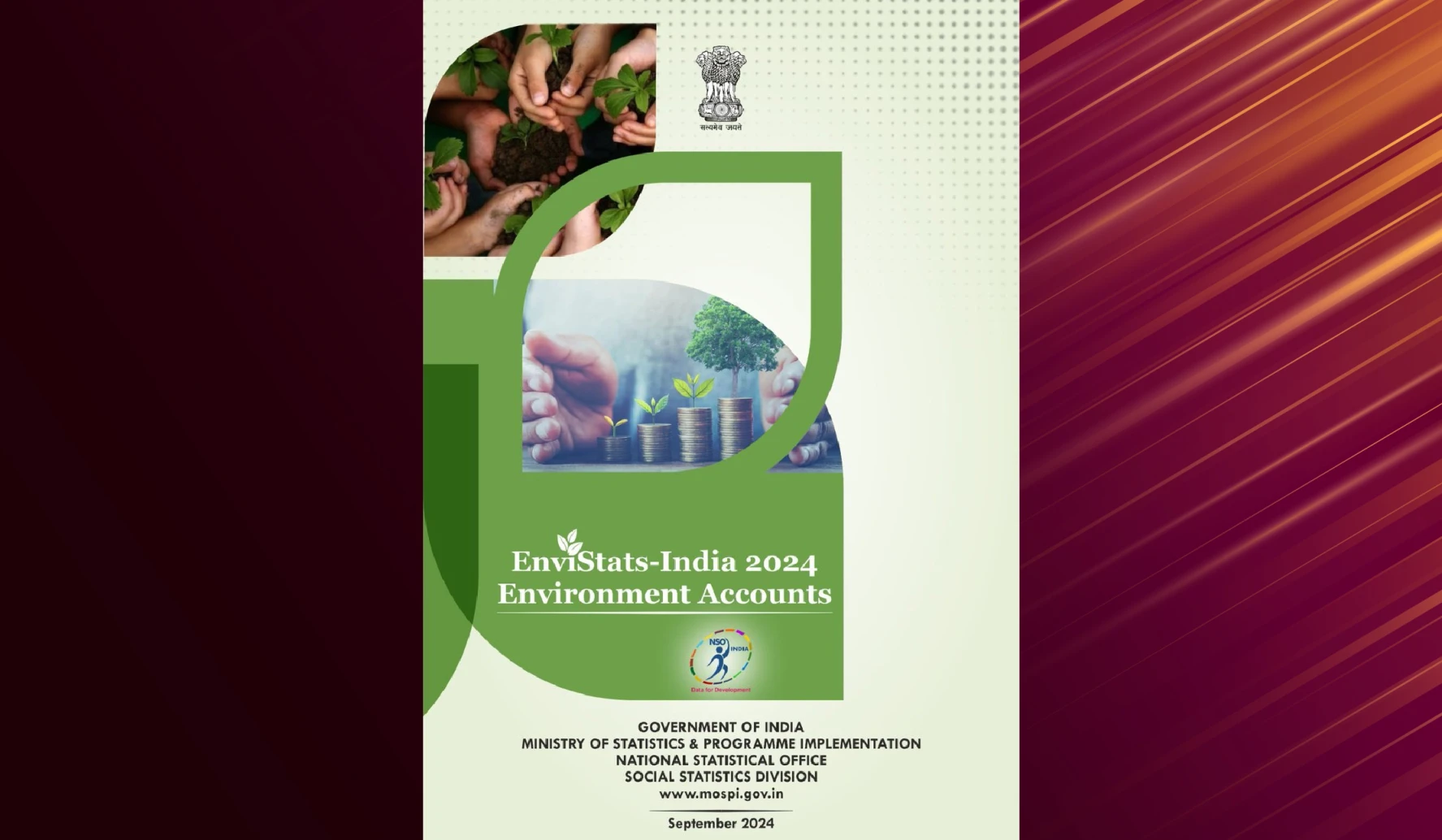Why in the News?
The Ministry of Environment, Forest and Climate Change (MoEFCC) notified Environment Audit Rules, 2025.
What is an Environment Audit (EA)?
- It is a systematic audit, verification, examination, inspection, or analysis of any project, activity or process having a bearing on the environment.
- EA differs from EIA, as the latter is conducted prior to the establishment of a project.
- It determines the extent to which the activities and programs conform to the approved Environmental Management Plan (EMP).
- In India, the concept of environmental auditing was introduced in 1992 through Rule 14 of the Environment (Protection) Rules.
- This rule mandates that entities engaged in industries, operations, or processes requiring consent under the Water (Prevention and Control of Pollution) Act, 1974, the Air (Prevention and Control of Pollution) Act, 1981, or authorization under the Hazardous Wastes (Management and Handling) Rules, 1989, must submit an annual environmental statement (Report).
- The report is to be submitted to the State Pollution Control Board (SPCB) each year.
About Environment Audit Rules, 2025
- Objective: Creating a formal framework for environmental auditing across the country aimed at enhancing environmental compliance monitoring & ease of doing business.
- Significance: Strengthens compliance through third-party audits, aligns with global frameworks (Eco-mark, EPR, ESG, green bonds), generates reliable environmental data, and enables early risk detection and corrective action.
- These rules are developed under the Environment Protection Act (1986).
- Rules comply with legal safeguards under various laws including the Van (Sanrakshan Evam Samvardhan) Adhiniyam (1980), the Wildlife Protection Act (1972), etc.
- Certification and Registration: Environment Auditors(EAs) will be certified and registered by Environment Audit Designate Agency (Notified by MoEFCC).
- EADA will also monitor their performance, take disciplinary action, facilitate capacity building, and maintain an online register.
- Modes of Certification:
- Recognition of Prior Learning (RPL) or National Certification Examination (NCE)
- Responsibility:
- Compliance evaluation and related activities of sampling, analysis, compensation calculation, verification under Green Credit Rules, and under various other environment and forest related legislations.
- Registered EAs may also undertake auditing assignments by the Project Proponents (PPs) including for verification of self-compliance reports.
- Undertake environment audit under Environment Impact Assessment (EIA), 2006, Coastal Regulation Zone (CRZ), 2011, etc.
Conclusion
The outcome of environmental audits will offer vital inputs for effective conservation and rejuvenation efforts, while also supporting India's climate commitments through the adoption of LiFE (Lifestyle for Environment) principles.




